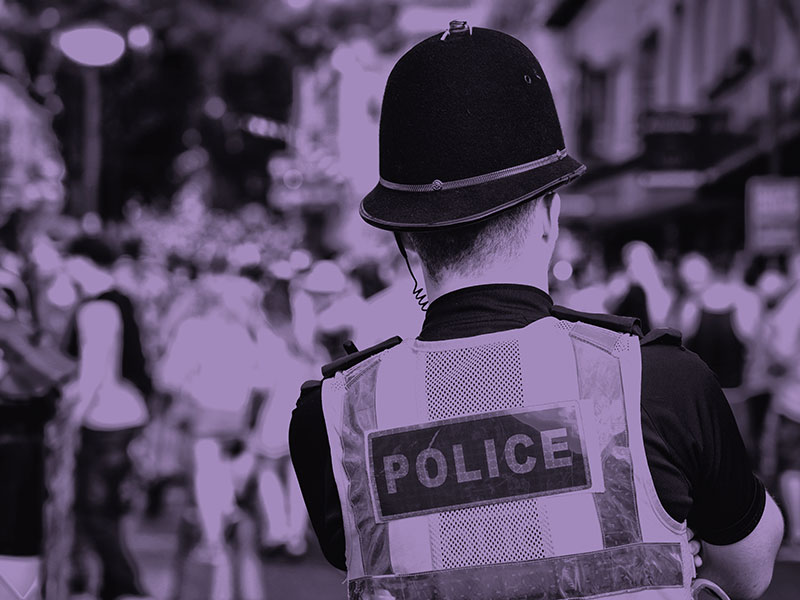Background to the report
Serious and organised crime is planned, coordinated and committed by people working individually, in groups, or as part of transnational networks. Criminals’ motivation is often financial gain but varies depending on the type of criminality.
Jump to downloadsThe most harmful serious and organised crimes include modern slavery and human trafficking, organised immigration crime, child sexual exploitation and abuse, money laundering, fraud and other economic crime, bribery and corruption, cyber-crime, illegal firearms and illegal drugs.
The challenges in tackling serious and organised crime are formidable. There are more than 4,500 identified UK organised crime groups operating in changing and often unpredictable ways. The government estimated that the annual social and economic cost of serious and organised crime was £37 billion in 2015-16. The government published its serious and organised crime strategy in 2013 and revised it in 2018.
Content and scope of the report
In this report, we have examined the government’s strategic response to serious and organised crime, and the extent that the enablers to successful implementation of the 2018 strategy have been put in place. We examined the work of the Home Office (the Department) and the NCA, who together oversee and coordinate the government’s response. The report does not look in detail at how other government bodies are set up to contribute.
- Part One examines the nature of serious and organised crime and the government’s strategic response to tackling it.
- Part Two looks at the quality of data on the scale of serious and organised crime, how data are produced and used, and the availability of data to decision-makers.
- Part Three examines the extent of government’s work to tackle serious and organised crime under its four ‘P’ work strands, the effectiveness of funding, governance and accountability structures.
- Part Four assesses the extent to which the efforts of law enforcement are coordinated.
Report conclusions
Serious and organised crime is evolving at a rapid rate, as criminal networks identify new vulnerabilities and adapt their activity in response to law enforcement action and the opportunities offered by new technology. Those tackling serious and organised crime recognise the seriousness of this challenge and have plans in place to build the teams and expertise to deal with it. We have also seen examples of improved collaboration across government and beyond to disrupt criminal groups, safeguard vulnerable people and seize illegal goods.
However, there remain some significant and avoidable shortcomings that may prevent government and its partners from meeting its aim to “rid our society of the harms of serious and organised crime”. The government is therefore not yet able to show that it is delivering value for money in this area. The Department and the NCA do not know whether their efforts are working and are not yet able to target resources against the highest-priority threats.
Despite ongoing efforts to improve them, governance and funding arrangements remain complex, inefficient and uncertain. Unless the government addresses these issues there will continue to be a mismatch between its ambitious plans to respond to serious and organised crime and its ability to deliver on them.
“The government faces an immense challenge in fighting this complex, evolving threat. While it has made efforts to step up its response, there is more the government could do to make its aspirations a reality.
Gareth Davies, head of the NAO
“To deliver its new strategy, the government needs to better match resources to its priorities, improve its understanding of these crimes and ensure governance and funding fit with its ambitious plans.”
Downloads
- Full report - Tackling serious and organised crime (.pdf — 1 MB)
- Summary - Tackling serious and organised crime (.pdf — 862 KB)
- ePub - Tackling serious and organised crime (.epub — 2 MB)
Publication details
- ISBN: 9781786042750 [Buy a hard copy of this report]
- HC: 2219, 2017-19
Press release
View press release (28 Jun 2019)



